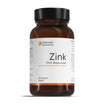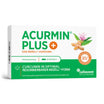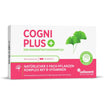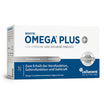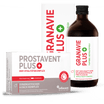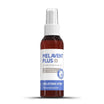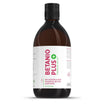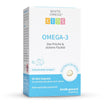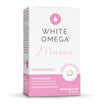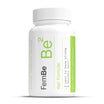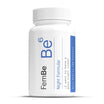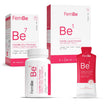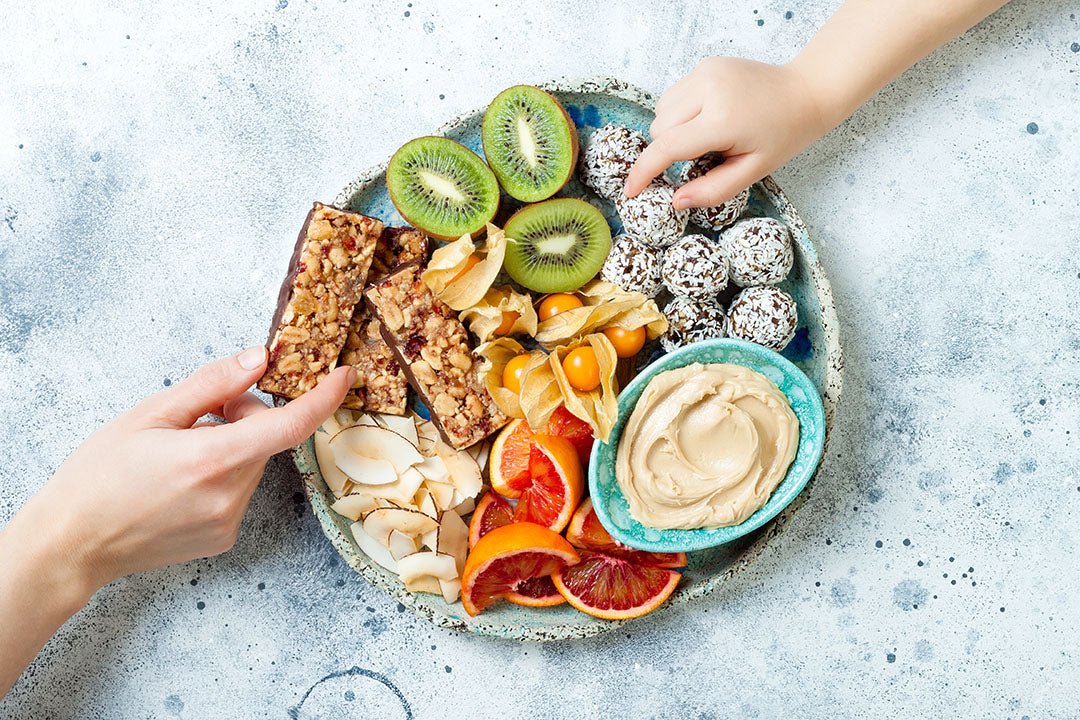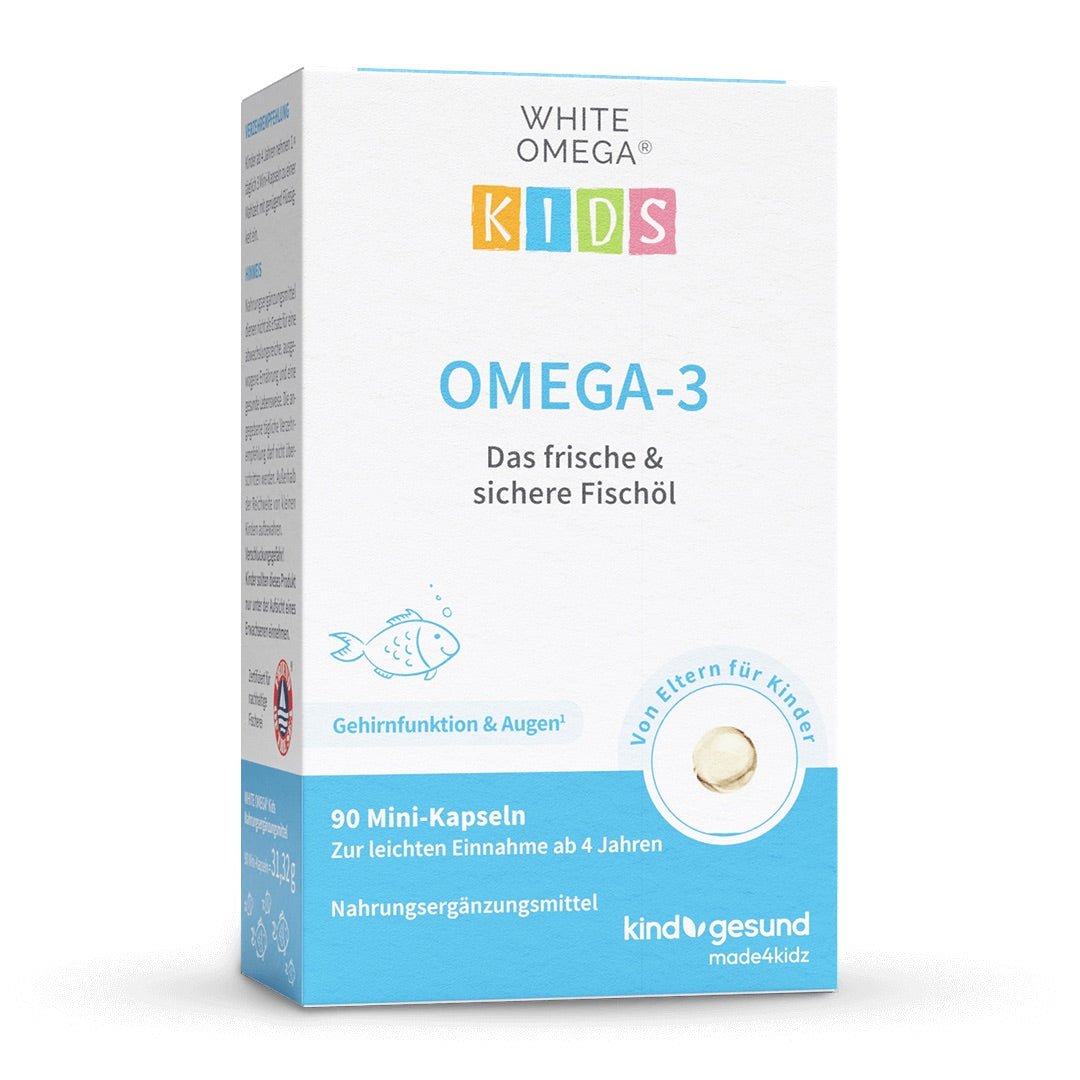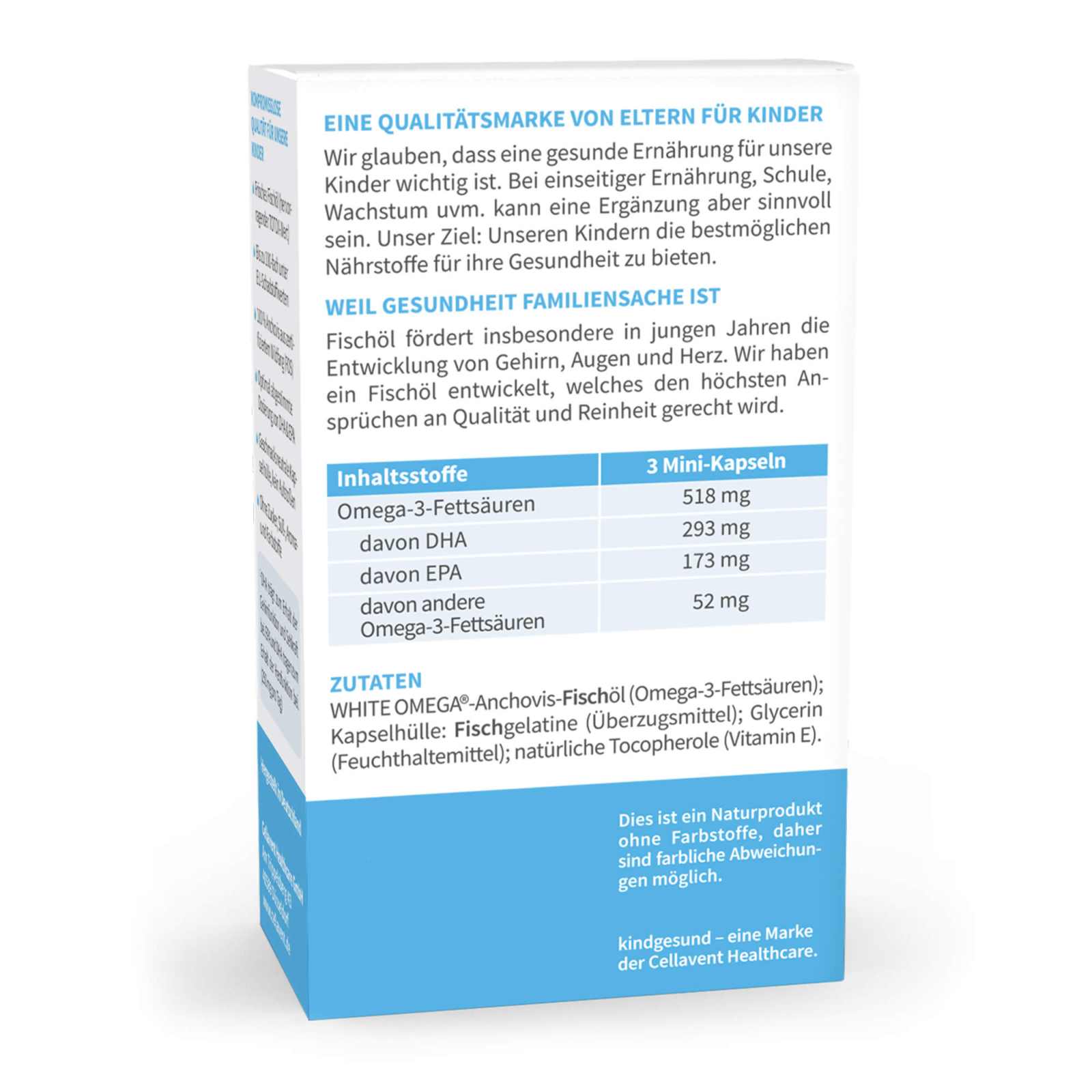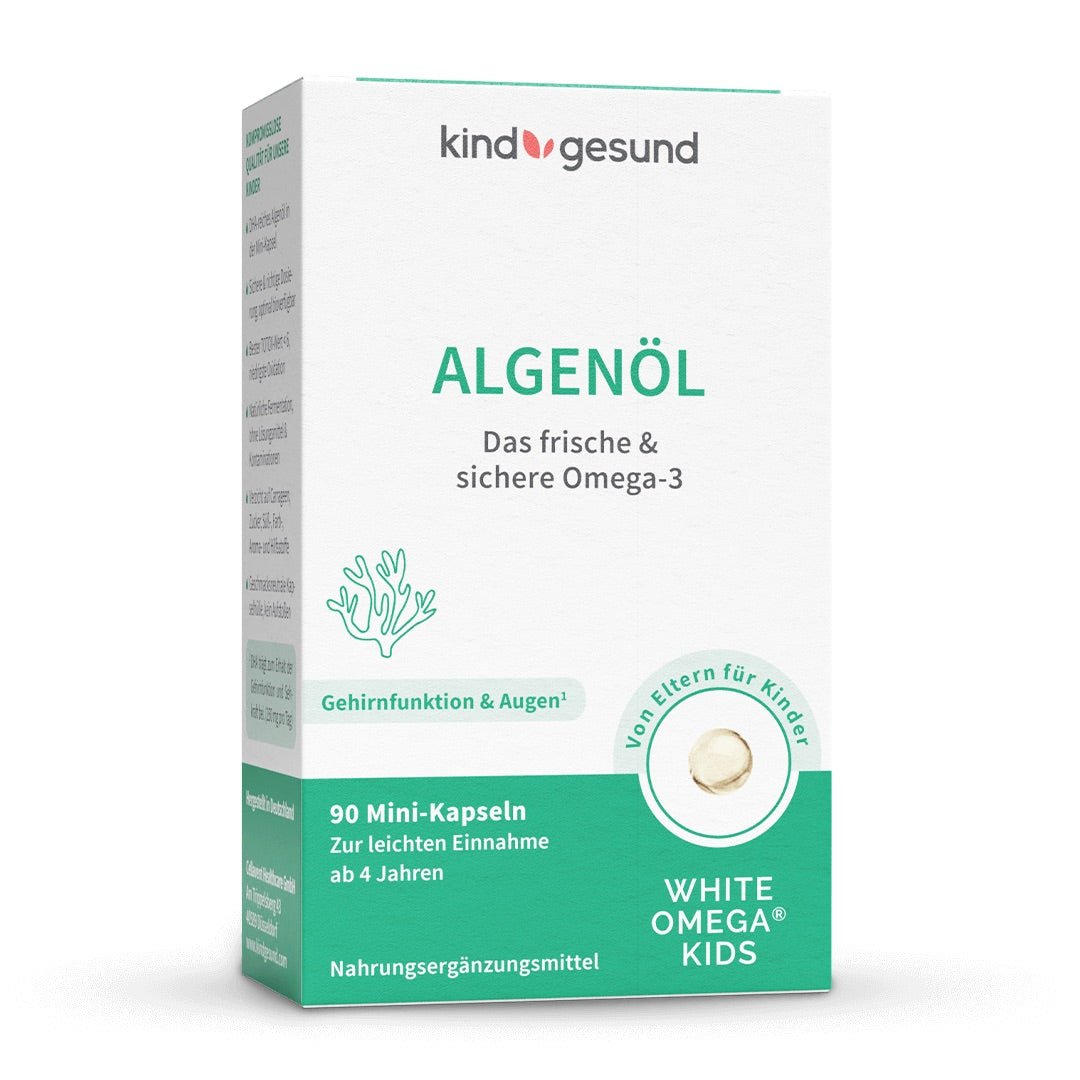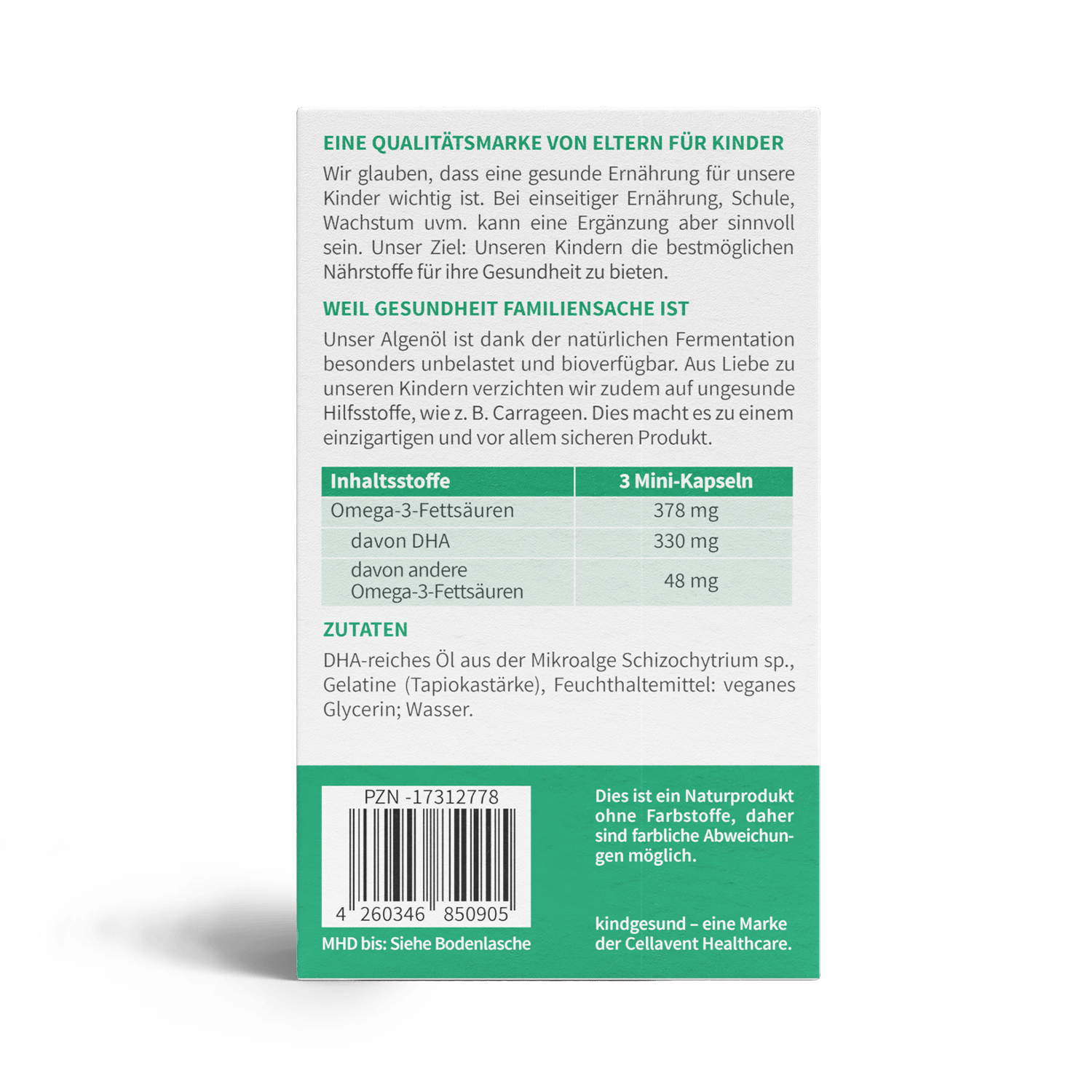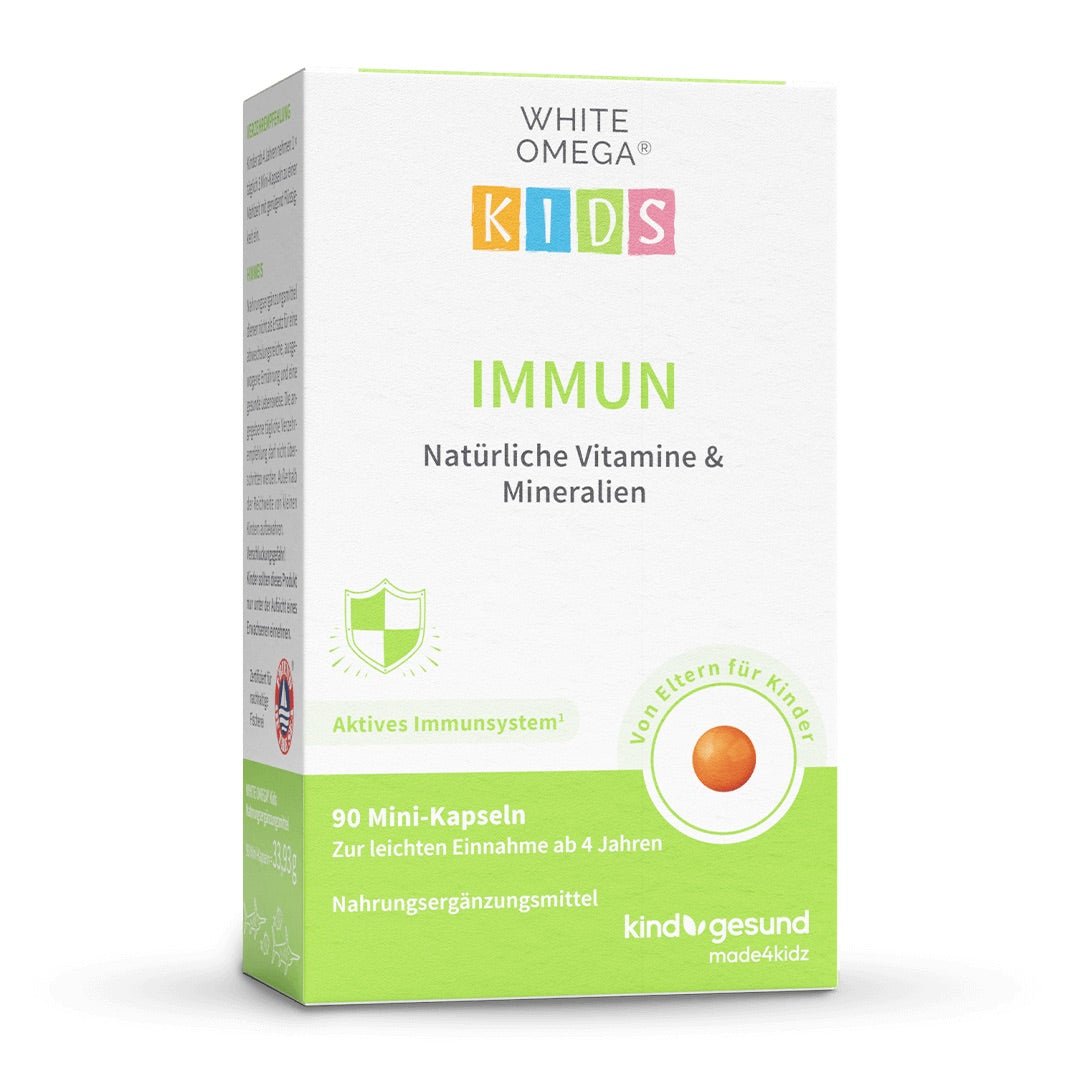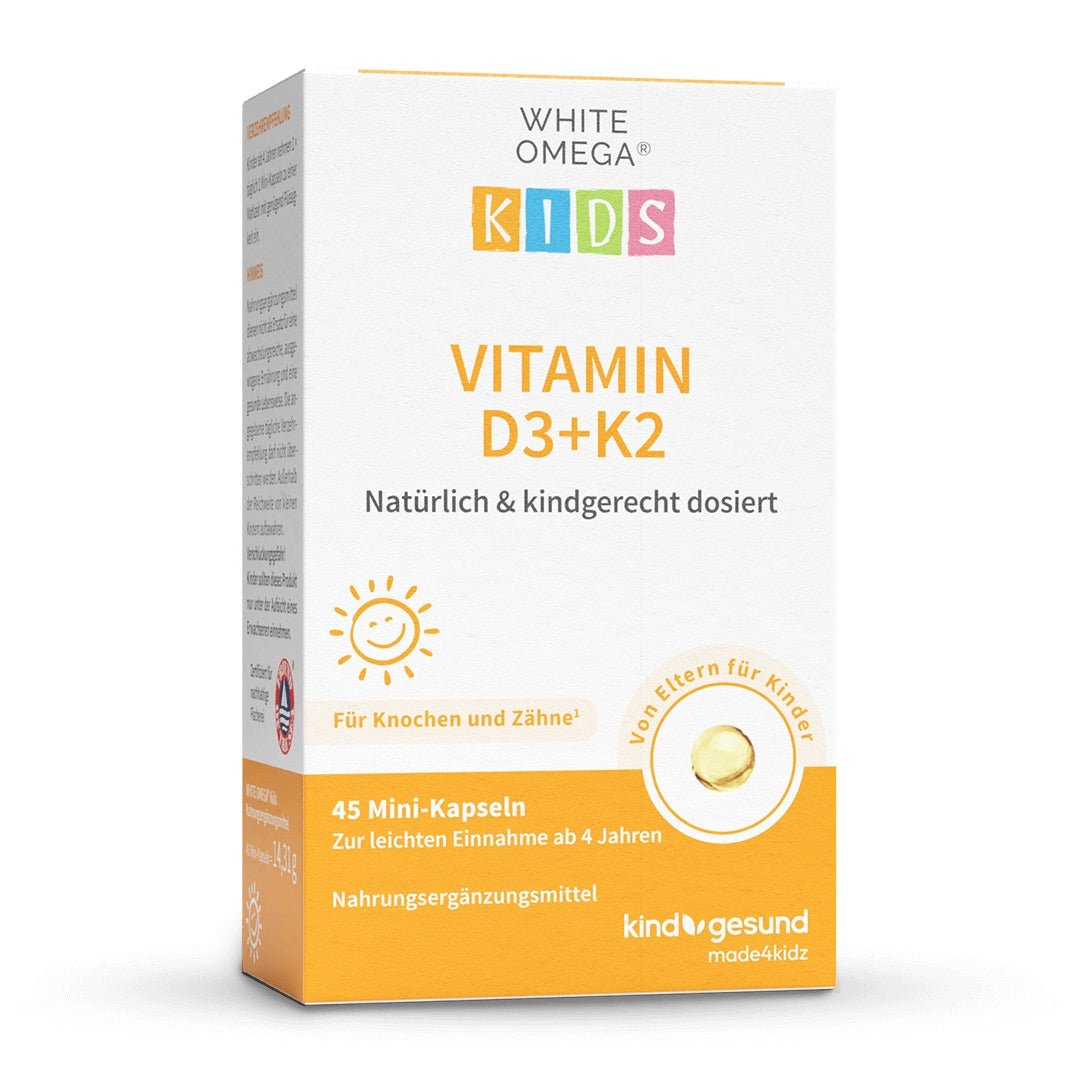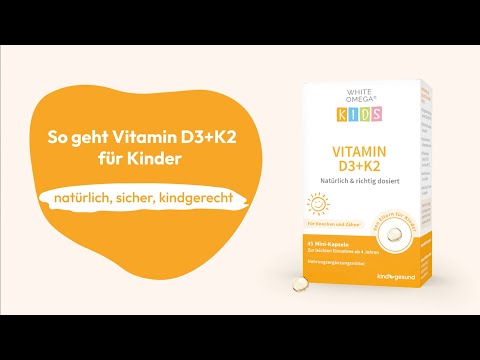It's finally summer! The temperatures are rising, as is the sun's rays. You're probably wondering how you can best protect your children. With the right sunscreen, you're already on the right track, but there's more to know! In this article, we'll reveal seven surprising life hacks that you can use to take your child's sun protection to the next level.
How important is sun protection?
Children's skin is particularly sensitive to solar radiation. Children's skin is thinner and less pigmented than that of adults, making them more susceptible to sunburn and long-term sun damage. Therefore, sun protection in children is of utmost importance. It is important to remind children that sunscreen is not just for the beach or the pool. Any outdoor activity, whether it is a walk in the park or an afternoon in the garden, requires adequate sun protection.
Lifehacks for good sun protection
Lifehack #1: The 10am-4pm rule
One of the most important rules for sun protection is the "10 a.m. to 4 p.m." rule. This is when UV radiation is strongest and children should stay in the shade if possible.
Lifehack #2: The UV Index App
Nowadays, there are apps that show the UV index in your location. These can help you decide when and how strong the sun protection should be.
Lifehack #3: Clothing as sun protection
Wide-brimmed sun hats and clothing made of UV-protective fabric can make a significant difference. They will protect against direct sunlight and keep your child cool.
Lifehack #4: Using sunscreen sticks and the right sunscreen
Sunscreen sticks can be particularly useful for children's faces and ears. They are easy to apply and are usually very well tolerated.
When buying sunscreen, you should look for a high sun protection factor (SPF 50+ for children) and broad spectrum protection against UVA and UVB rays. There are special sunscreens for babies and small children that are tailored to their sensitive skin.
Lifehack #5: Timing of application
Did you know that sunscreen takes about 30 minutes to fully absorb and become effective? Therefore, it is best to apply it before taking your child outside.
Lifehack #6: Keep an eye on the expiration date
A handy tip is to note the expiry date of the sunscreen when you buy it, or keep your receipt. Most sunscreens have a shelf life of around 12 months after opening, but some only last six months, so check the label carefully and do not use the cream if it has expired.
Lifehack #7: Buy cream seasonally
Try to buy only as much sunscreen as you need in one season. This way, you avoid using expired products and ensure that your child's sun protection is always at its most effective.
Conclusion
It's important to remember these aspects of sun protection and to use new sunscreen seasonally. When summer is over - just throw it away. The chances of you using it again are very slim. Remember that proper sun protection is more than just applying sunscreen. It also includes shady clothing, hats, sunglasses and proper hydration.
Sources:
- (1) American Academy of Dermatology: Sunscreen FAQs, https://www.aad.org/public [06/26/2023].
- (2) Mayo Clinic: Does sunscreen expire?, https://www.mayoclinic.org/healthy-lifestyle/adult-health/expert-answers/sunscreen-expire/faq-20057957 [06/26/2023].
- (3) Cancer Council Australia: Sun protection, https://www.cancer.org.au/cancer-information/causes-and-prevention/sun-safety [06/26/2023].
- (4) World Health Organization: Sun protection, https://www.who.int/news-room/questions-and-answers/item/radiation-sun-protection [June 26, 2023].



